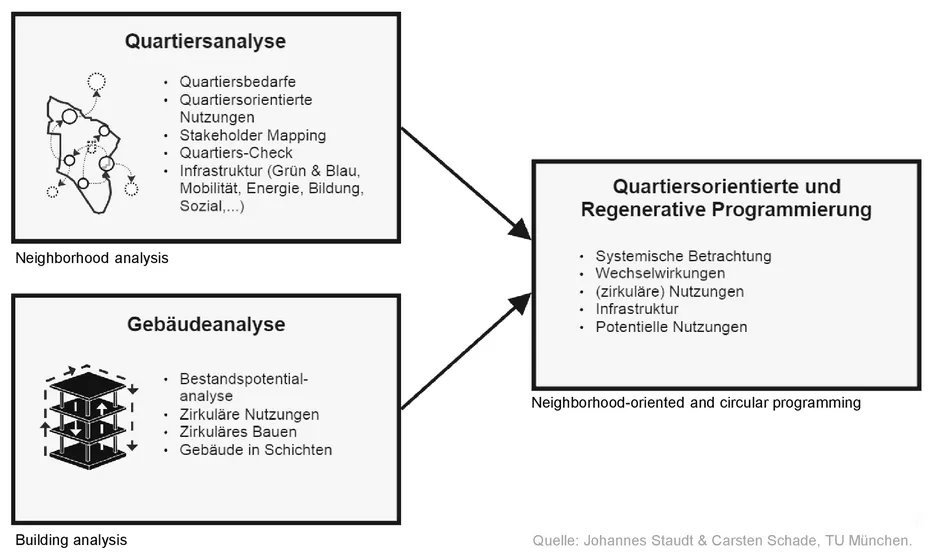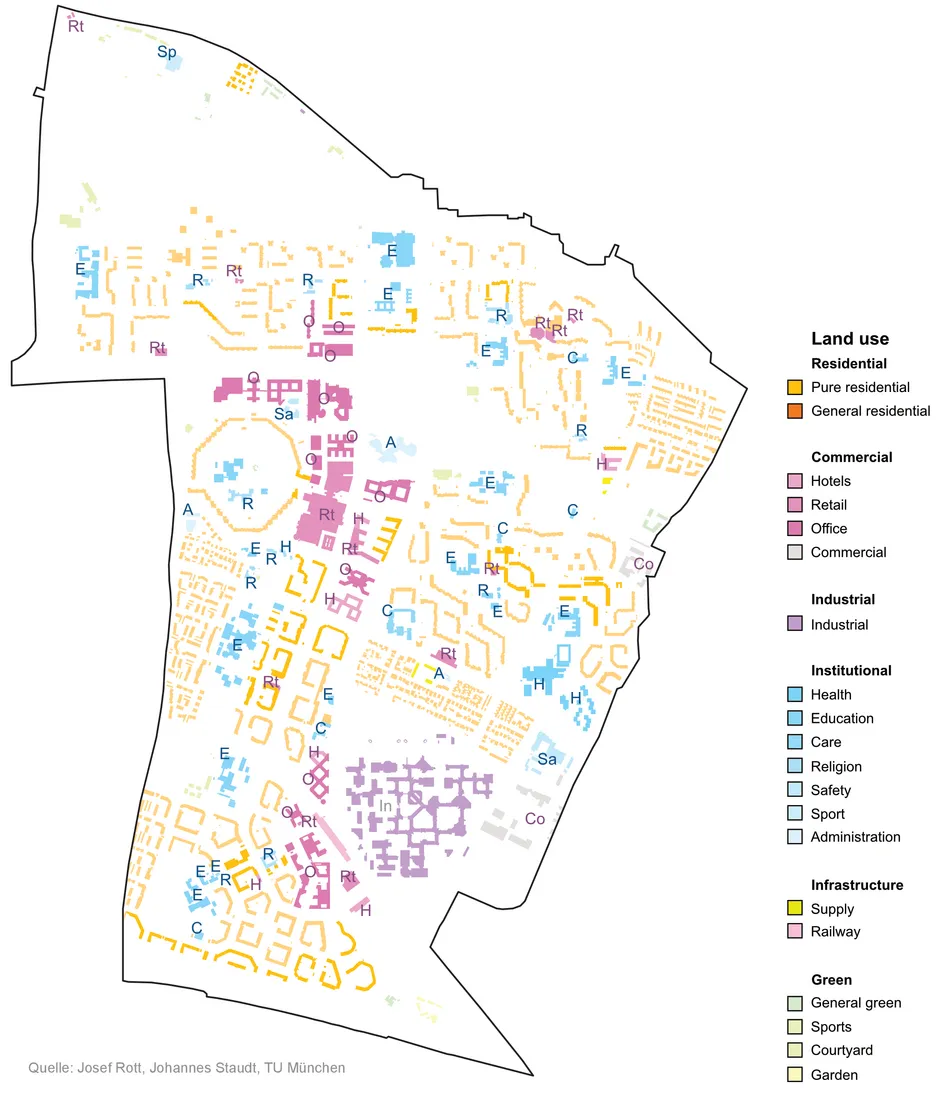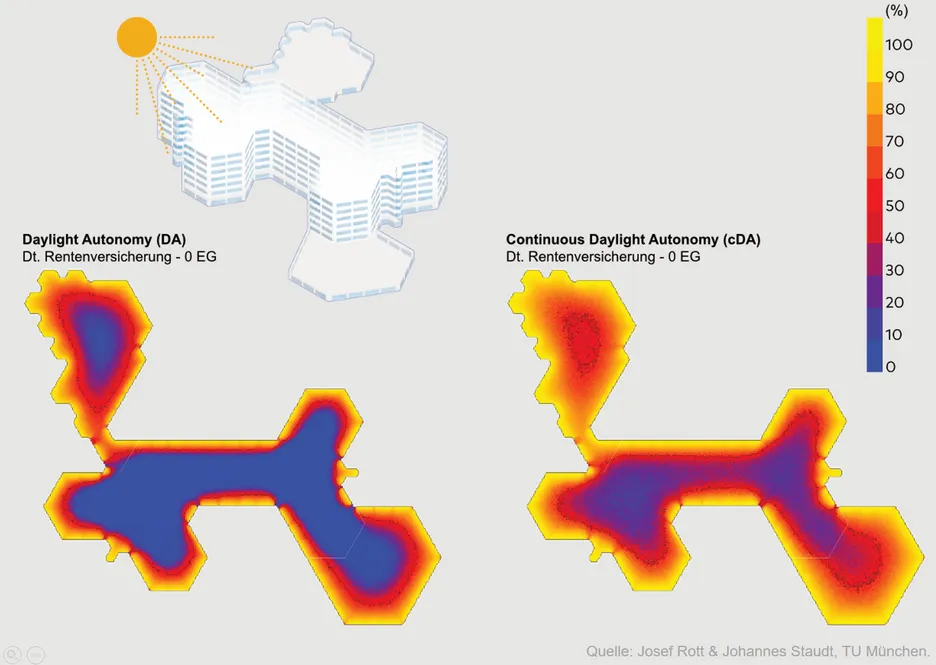2024
- INNOVATION Bayerischer Bauindustrieverband e.V.. BUILDING LAB - Ökologische Optimierung und Kreislauffähigkeit. Bayerischer Bauindustrieverband (BBIV), Technische Universität München, 2024, more…
Project Duration
01.10.2022 - 31.12.2024
Funding Organisation
European Commission
Project Partners
City of Munich (Germany)
Architekturgalerie München e.V. (Germany)
BayFOR - Bayerische Forschungsallianz GmbH (Germany)
Green City e.V. (Germany)
Hauck Weisser Studio Animal Aided Design GbR
HM - Munich University of Applied Sciences (Germany)
Münchner Gesellschaft für Stadterneuerung mbH (Germany)
Strascheg Center for Entrepreneurship mbB (Germany)
Structure GmbH (Germany)
Studio | Stadt | Region Architektur & Stadtentwicklung (Germany)
Förster Kurz Architekten & Stadtplaner Partnerschaft, Technical University of Munich (Germany)
UnternehmerTUM GmbH (Germany)
UnternehmerTUM Makerspace GmbH (Germany)
Brief Summary
The research project "Creating NEBourhoods Together" is one of five lighthouse projects within the framework of the New European Building (NEB). The aim of the research project is to develop a sustainable, urban planning vision for the neighbourhood of Neuperlach that will point the way for other cities and regions. In this way, NEBourhoods will make a significant contribution to the NEB initiative and the EU Green Deal.
Within the project consortium, the chair of Energy Efficient and Sustainable Planning and Building is working on the sub-project "Circular Neuperlach".

The “Circular Neuperlach” project investigates how office buildings that have fallen out of use can contribute to regenerative, climate-friendly, and neighborhood-oriented urban development through transformative approaches. The focus is on extending the building's lifespan, on conversion, and multiple uses through innovative, circular strategies. In a co-creative process, a methodology is being developed that involves stakeholders from the real estate industry, city administration, planning, and civil society in planning and development processes at an early stage. The “neighborhood-oriented and circular programming” methodology builds on established design process models and combines holistic analytical approaches (systems thinking, mapping, architectural programming) with solution-oriented methods (design thinking, strategic design, scenario-based design). This methodology is tested and further developed in practice-oriented workshops and through teaching-research formats.



The newly established “Urban Transformation Office” (UTO) plays a central role in implementing these methods and incorporates research findings into specific project developments at an early stage. A “Circularity Roadmap” and a visual presentation of the results make the findings transferable to other cities.
